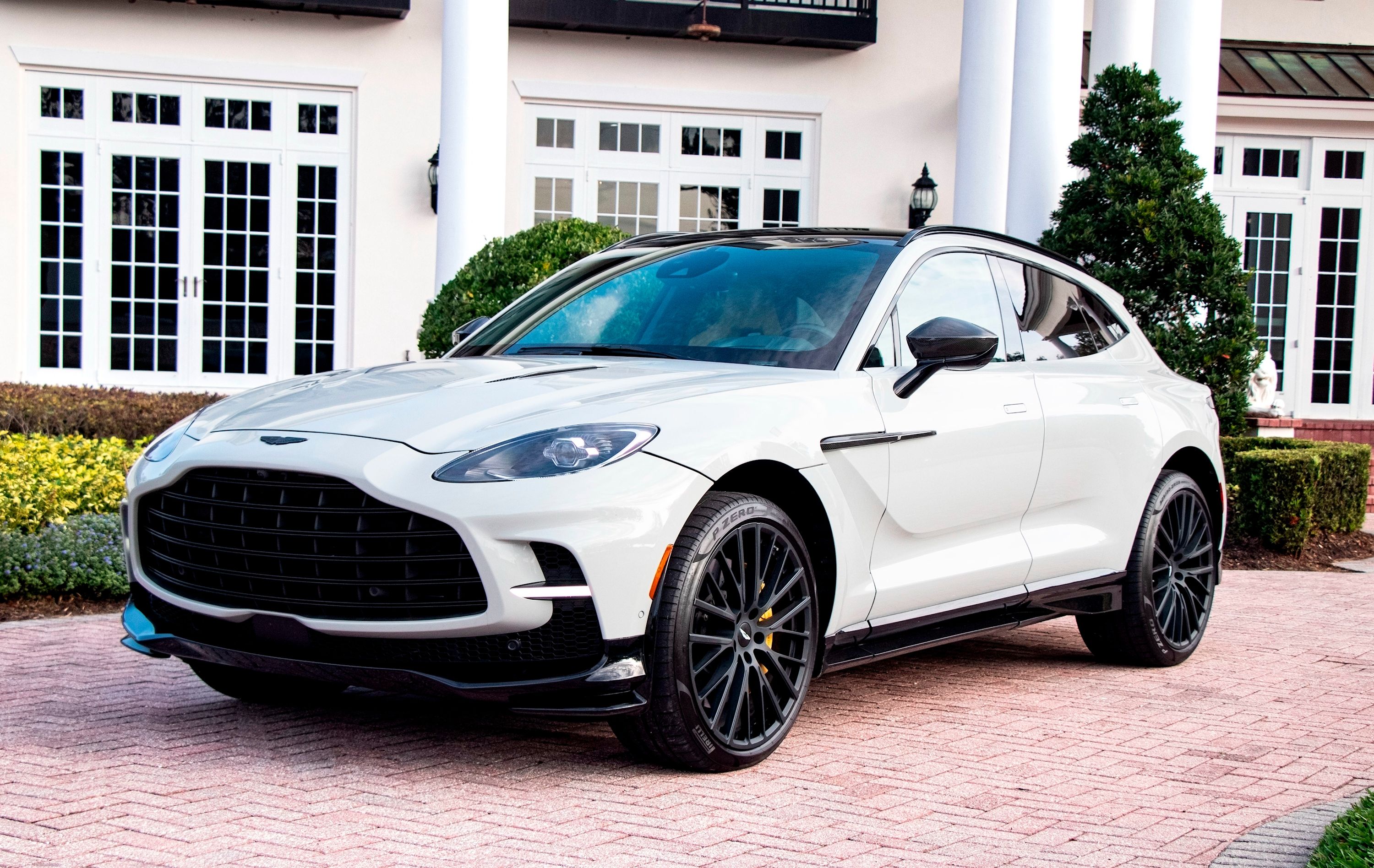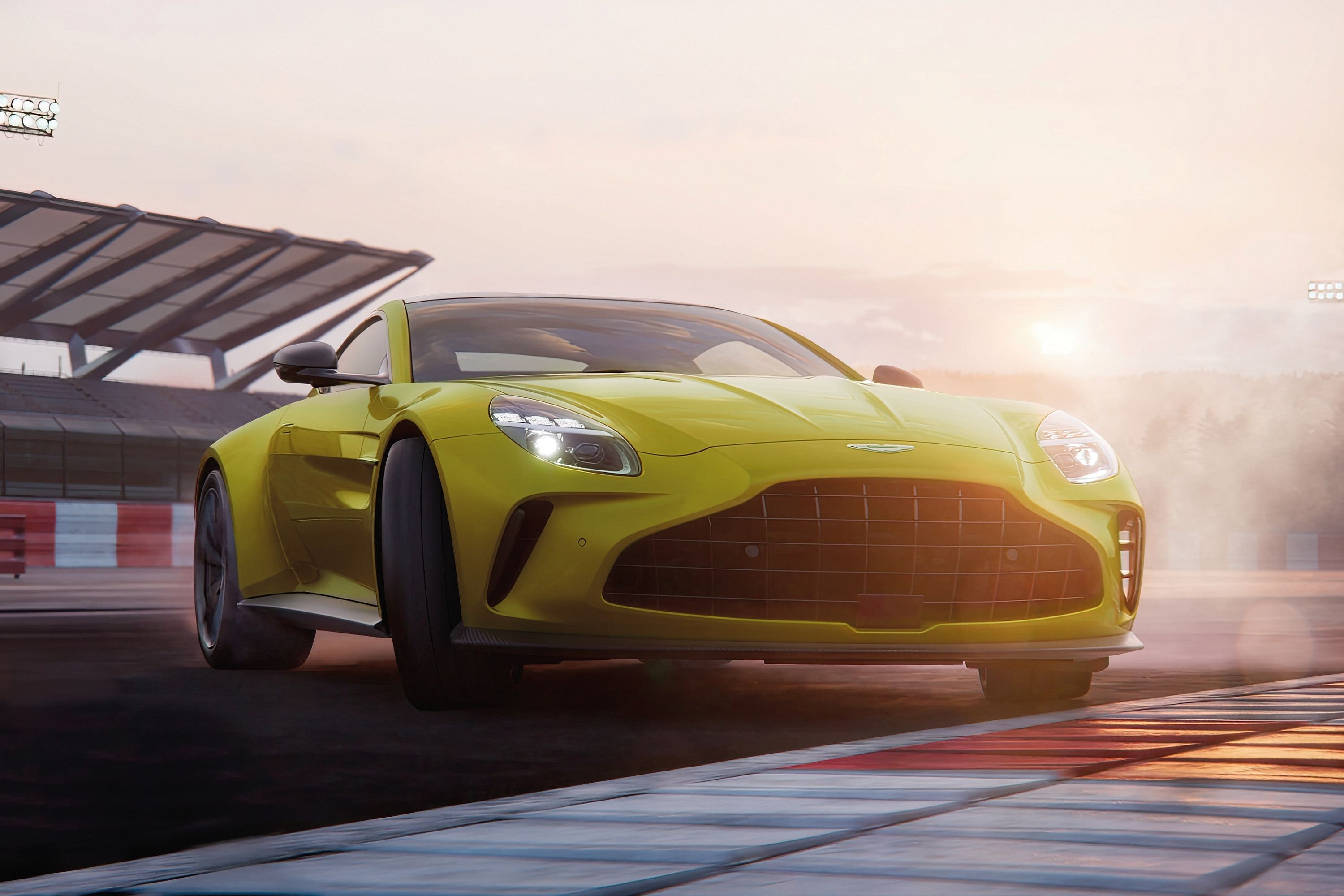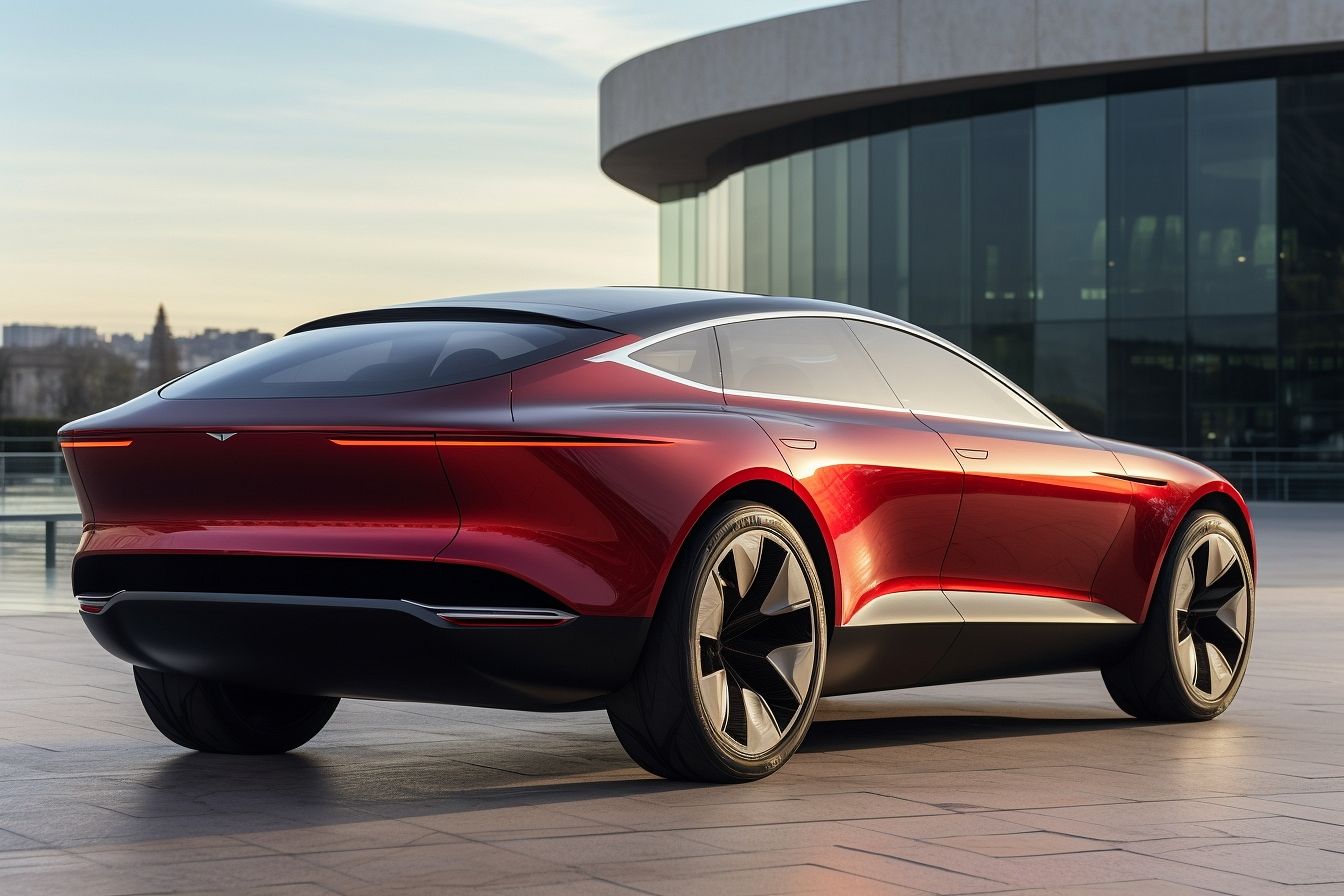Key Takeaways
- Aston Martin Chairmans commits to extending ICE lifespan, and plans Aston Martins with combustion engines into the mid-2030s.
- Plug-in hybrids to play key role as EV launches delayed due to low demand, despite a new EV platform developed to accommodate four models.
- Combustion engines supported by Stroll, AMG V8 engines paired with hybrids, and V12 to continue due to hybridization.
Canadian businessman Lawrence Stroll has given Aston Martin a new lease on life, revamping the British sports car maker’s model lineup extensively with new products like the DB12, updated Vantage, and the DBX707. But while the rest of the world worries about going electric, Stroll has made a commitment that Aston Martins will have combustion engines into the mid-2030s and beyond. That’s a bold move when the European Union and the United Kingdom are mandating an end to tailpipe emissions in 2035.
-
2024 Aston Martin DB12 Coupe
- Engine
-
4.0L Twin-Turbo V8 Gas
- Horsepower
-
671 hp
- Torque
-
590 lb-ft
- Top Speed
-
202 mph
- 0-60 MPH
-
3.5 Seconds
- Transmission
-
8-Speed Automatic
- Drivetrain
-
RWD
-

2024 Aston Martin DBX707
- Engine
-
4.0L Twin-Turbo V8 Gas
- Horsepower
-
697 hp
- Torque
-
663 lb-ft
- Top Speed
-
193 mph
- 0-60 MPH
-
3.1 Seconds
- Transmission
-
9-Speed Automatic
- Drivetrain
-
AWD
-

2025 Aston Martin Vantage Coupe
- Engine
-
4.0L Twin-Turbo V8 Gas
- Horsepower
-
656 hp
- Torque
-
590 lb-ft
- Top Speed
-
202 mph
- 0-60 MPH
-
3.4 Seconds
- Transmission
-
8-Speed automatic
- Drivetrain
-
RWD
But according to Stroll, customers want the “sounds and smells” of a combustion engine when they buy an Aston Martin. More importantly, the chairman believes plug-in hybrids will be more than just a bridging technology in the sports car realm and will extend the lifespan of ICE-powered sports cars longer than everyone anticipates.
EVs Delayed As Hybrids Take Center Stage
Earlier this year, Stroll delayed the launch of the brand’s first EV, citing poor demand, and this seems to still be the case. Speaking with Autocar, Stroll confirmed that a dedicated battery electric platform has been developed that will accommodate four models, including a GT, SUV, crossover, and a supercar that emulates a mid-engined one. “We have designed and ready one platform to take four different vehicles,” said Stroll, adding, “We have all the products technically engineered and physically designed.”

Related
Aston Martin Delays First EV Due To Weak Demand
The previous plan was to launch its first battery-electric vehicle next year.
The first of these vehicles was meant to launch at the end of 2025, but according to Stroll, “it seems there is a lot more hype in EVs, politically driven or whatever, than consumer demand, particularly at an Aston Martin price point.” While he believes the brand will eventually get to the point where EVs are genuinely in demand, he believes it won’t happen by the originally planned date. Instead, he foresees plug-in hybrids playing a far more vital role, something the automaker has now invested in heavily with the delay of its first EV, believing that this strategy would “play out for a long while and we will have an extensive offering.”
Combustion Engines Get A Stay Of Execution
Whereas previously, the brand had intended to use a plug-in V6 in the Valhalla supercar, that plan shifted to the use of a hybrid AMG-sourced V8 when Tobias Moers was CEO, with Moers claiming that when he arrived, the V6 was nothing more than an idea. It seems that may have been the right move, despite Moers’ departure from the brand, as Stroll has confirmed that customers don’t want V6s. AMG V8s will now be paired with plug-in hybrid systems, and Stroll also confirmed that the V12 will live on thanks to hybridization, supporting rumors that the next-gen Aston Martin DBS will get V12 power.
Stroll “doesn’t see demand [for PHEVs] slowing at all” until the mid-2030s, claiming that “they will last a lot longer than people thought even a year ago.” But this also means combustion will last much longer than expected.
“For as long as we’re allowed to make ICE cars, we’ll make them. I think there will always be demand, even if it’s small.”
– Lawrence Stroll, Aston Martin Chairman
Previously, Tobias Moers told CarBuzz that certain segments would always remain combustion-powered, highlighting low-volume mid-engine supercars like Valkyrie and Valhalla as the lines that would always retain an engine of some sort, even one with hybrid assistance. This seems to still be the most likely scenario, but if Stroll gets his way, it seems even the front-engined GTs and sports cars that have become the foundation of Aston will stick around for years to come.

